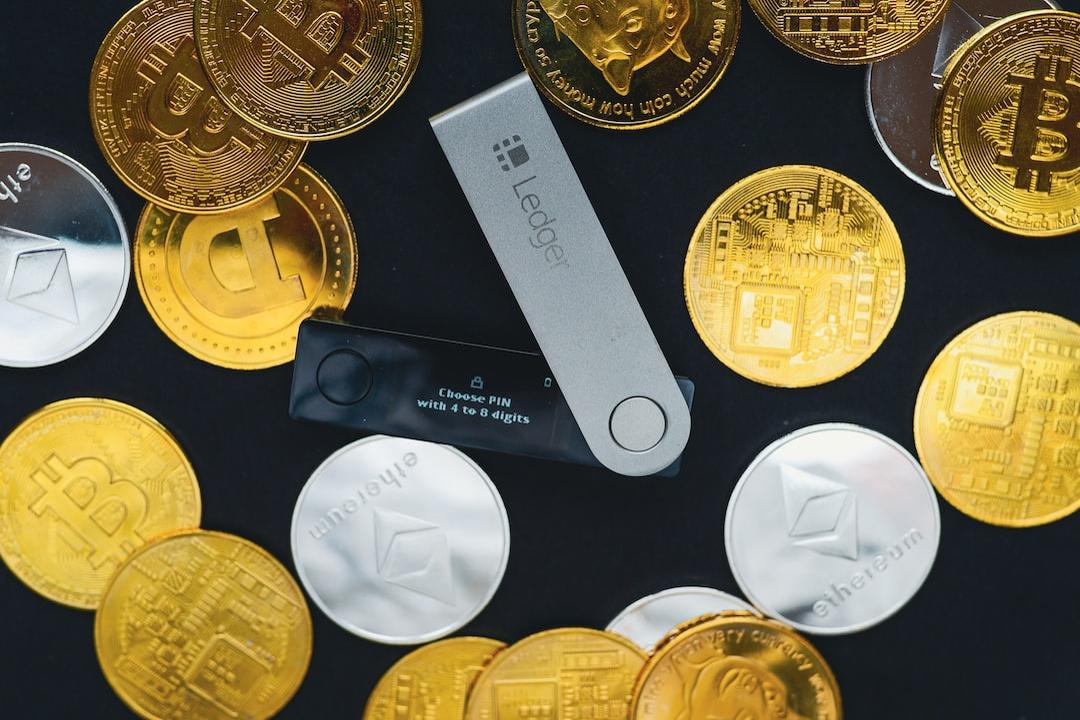The opinions presented in this article do not represent the position of “WEB3+”
Various Abstractions in Web3: The Key to Mass Adoption
Abstraction is essentially a process of simplification. In the world of Web3, it means hiding complex blockchain operations behind user-friendly interfaces, allowing users to easily use Web3 applications without needing to understand the underlying technology. This approach not only lowers the entry threshold but also significantly enhances the user experience, thereby accelerating the adoption of Web3.
Based on current technological developments, we can categorize abstraction into three stages:
Stage One: Account Abstraction – Simplifying Private Key Management
Account Abstraction (AA) is the first and most critical step in the abstraction process of Web3. Traditional blockchain wallets require users to manage complex private keys, which poses a huge challenge for most people.

Source: https://medium.com/@poporuii/how-close-are-we-to-a-chain-abstraction-future-ba46269be7b2
AA establishes a standard for smart contract wallets, bringing the following benefits:
1. Simpler User Authentication: Users can manage their crypto assets using familiar methods (such as email, phone numbers, or social media accounts).
2. Higher Security: Mechanisms like multi-signature and social recovery significantly reduce the risk of asset loss.
3. More Flexible Transaction Processing: Supports batch transactions and automated operations, improving efficiency and lowering costs.
4. Better User Experience: Allows for gasless transactions, enabling users to focus on the application itself rather than complex blockchain operations.
Following EIP-4337, several important related improvements we can focus on include:
1. EIP-3074: This proposal allows existing externally owned accounts (EOAs) to upgrade to AA-supported accounts. It requires changes to the EVM, introducing new opcodes.
2. EIP-7702: As an improved version of EIP-3074, EIP-7702 does not require new opcodes, can be used alongside ERC-4337 with minimal changes, and allows temporary upgrades to account abstraction wallets, thereby reducing upgrade risks.
Stage Two: Blockchain Abstraction – Eliminating Public Chain Boundaries for Free Asset Transfer
The core goal of AA is to simplify the user experience and lower the entry threshold for using Web3. However, as more blockchain projects emerge, achieving seamless interaction across different chains, or being able to ignore the characteristics of different blockchains, has become an important UX issue.
It mainly involves several aspects of abstraction:
Network transaction fee abstraction, signature abstraction, and nonce abstraction.
These abstraction processes can make blockchain operations more intuitive and secure for end users. For example:
Gasless transactions allow users to execute transactions without needing to hold or manage native tokens, greatly enhancing the user experience.
Gas token abstraction allows users to pay transaction fees with any ERC20 token without holding a specific chain’s native tokens. This not only improves user convenience but also paves the way for cross-chain operations.
Signature abstraction aims to enhance the security and transparency of transactions. Traditional EOAs usually require users to sign difficult-to-understand hexadecimal strings. By implementing standards like EIP-712, users can better understand what they are signing, including information about the called contracts and chain ID.
Nonce abstraction addresses the issues brought by linear nonces. By implementing concepts like 2D Nonce, users can send transactions in parallel, significantly improving the user experience in scenarios such as multi-signatures.
Stage Three: Ultimate Goal – An Unconscious Web3
Blockchain abstraction is the ultimate goal of Web3 abstraction. The introduction of ERC-4337 marks the beginning of more possibilities for smart contract wallets, such as session keys, multi-signatures, and arbitrary logic execution. Most importantly, it provides a standardized implementation method for these features, aiding in the unification and development of the ecosystem.
At this stage, blockchain technology will be fully integrated into our daily lives and business activities, with users even unaware that they are using blockchain:
1. Unconscious User Experience: Users can use Web3 applications just like traditional applications, without needing to understand any blockchain-related concepts.
2. Comprehensive Data Sovereignty: Users can have complete control over their data and freely transfer and use this data across different applications.
3. New Business Models: The characteristics of blockchain will change production relationships, leading to the emergence of entirely new business models and organizational forms.
The opinions presented in this article do not represent the position of “WEB3+”
Editing by: Shao Yuanting

